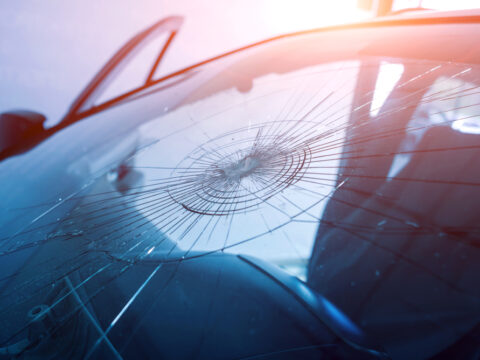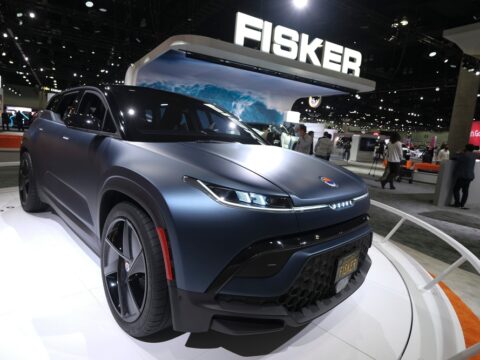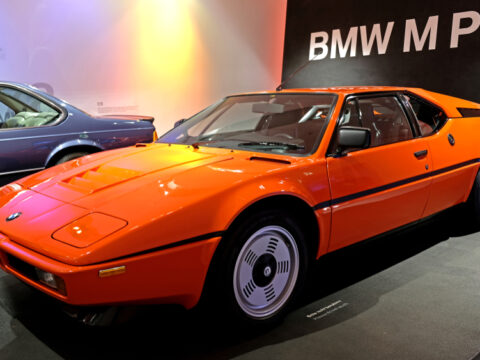Classic cars hold a special place in the hearts of automotive enthusiasts, cherished for their timeless design, nostalgic appeal, and mechanical simplicity. However, one area where these vintage vehicles often fall short is fuel efficiency. Unlike modern cars equipped with advanced fuel-saving technology, classic cars were built in an era when fuel consumption wasn’t a top priority. Fortunately, several practical strategies can help make your beloved classic more fuel-efficient without compromising its character or performance.
Whether you’re an avid classic car driver or someone who enjoys taking your vehicle out on special occasions, improving fuel efficiency can reduce costs and minimize environmental impact. By optimizing driving habits, reducing vehicle weight, performing regular maintenance, and upgrading key components, these methods can make a significant difference. Implementing these approaches ensures you get the most out of every gallon while keeping your ride running smoothly for years to come.
Contents
Drive Efficiently

Smooth, consistent driving can significantly improve fuel efficiency in classic cars. Aggressive driving behaviors like rapid acceleration, hard braking, and speeding can waste fuel. By anticipating road conditions and maintaining a steady speed, you reduce engine strain and optimize fuel consumption. Classic cars, in particular, can benefit from more thoughtful, gentle driving, as they often lack the advanced fuel-saving technologies found in modern vehicles.
Reduce Vehicle Weight
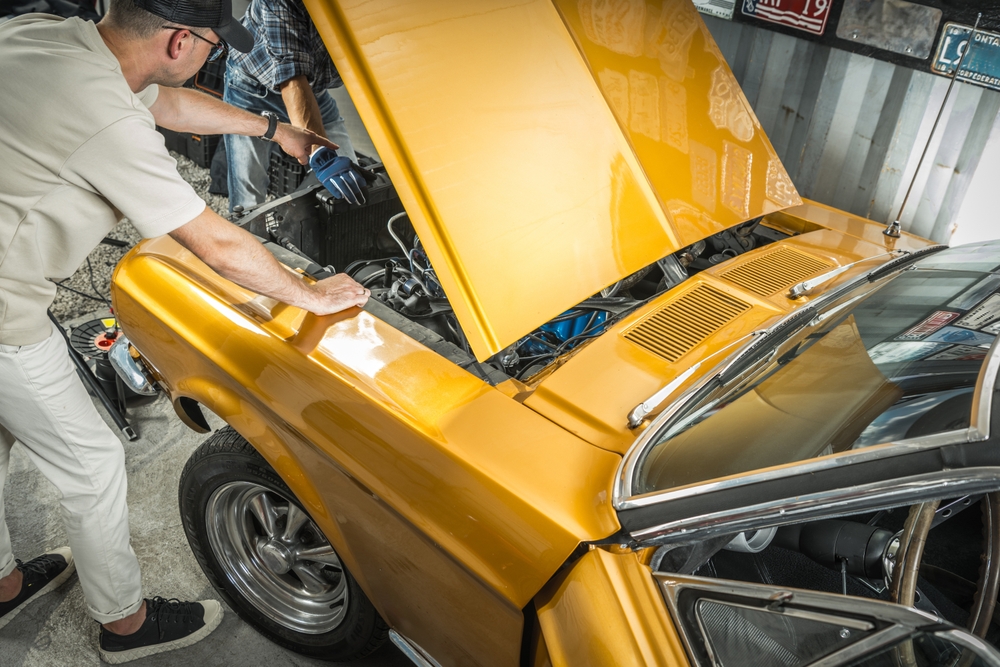
Reducing the weight of your classic car can make a noticeable difference in fuel economy. Heavier vehicles require more energy to move, which results in higher fuel consumption. By removing unnecessary items from your car, using lighter replacement parts where possible, and avoiding overloading the vehicle, you can decrease the overall weight and, therefore, improve fuel efficiency. Lightweight modifications such as aluminum parts, smaller wheels, or removing unneeded accessories can help.
Avoid Excessive Idling

Classic cars are often less fuel-efficient when idling compared to modern cars. Extended idling wastes fuel because the engine burns fuel while not moving. It’s better to turn off the engine if you’re stopped for more than a minute or two, as restarting the engine uses less fuel than idling for long periods. This is especially true for classic cars with larger, older engines that can be fuel-hungry even at a standstill.
Use Cruise Control

Using cruise control on highways or long stretches of road can help maintain a constant speed, which is key for optimizing fuel efficiency. Fluctuations in speed, even small ones, can cause the engine to work harder and burn more fuel. While not all classic cars come with cruise control, it is possible to install aftermarket systems that help maintain a steady speed, reducing unnecessary fuel use.
Reduce Air Conditioning Use

Air conditioning can put extra strain on your car’s engine, leading to increased fuel consumption. In classic cars, the A/C systems tend to be less efficient than in modern vehicles, exacerbating this effect. Instead of relying on air conditioning, consider using your car’s ventilation system or rolling down the windows at lower speeds. However, at higher speeds, open windows can increase drag, so it’s better to balance air conditioning use wisely.
Regular Maintenance
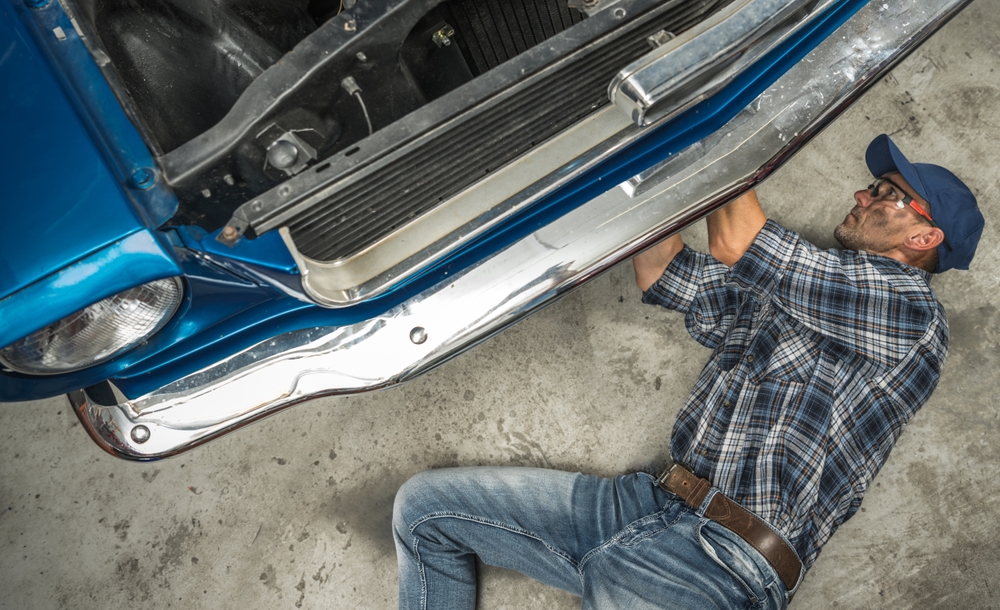
Keeping your classic car well-maintained is crucial for improving fuel efficiency. Regularly changing the oil, replacing air filters, and checking spark plugs and fluid levels ensure that the engine runs smoothly and efficiently. Poor maintenance can lead to lower engine performance, which requires more fuel to achieve the same level of output. Proper lubrication and clean air intake also ensure that the engine doesn’t have to work harder than necessary, saving fuel in the long run.
Optimize Ignition and Fuel Systems
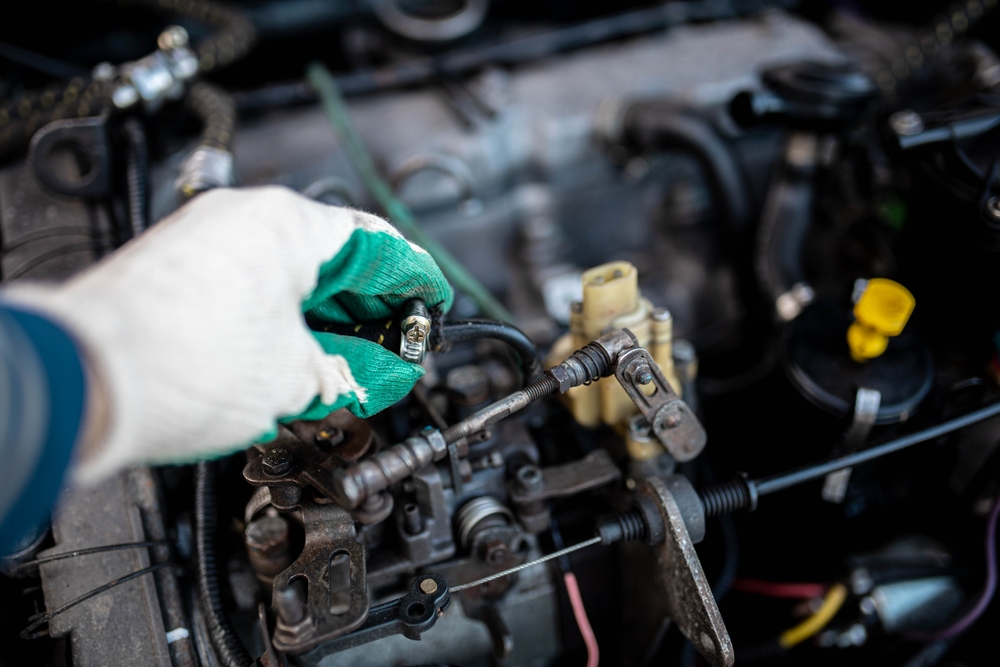
Classic cars often have older ignition and fuel systems that were not designed with modern fuel efficiency standards in mind. By upgrading or tuning these systems, you can improve fuel efficiency. Electronic ignition systems, for example, provide more accurate timing than older mechanical systems, resulting in better fuel combustion. Similarly, optimizing the carburetor or upgrading to a fuel injection system can ensure that the right amount of fuel is delivered to the engine for maximum efficiency.
Ensure Proper Tire Inflation
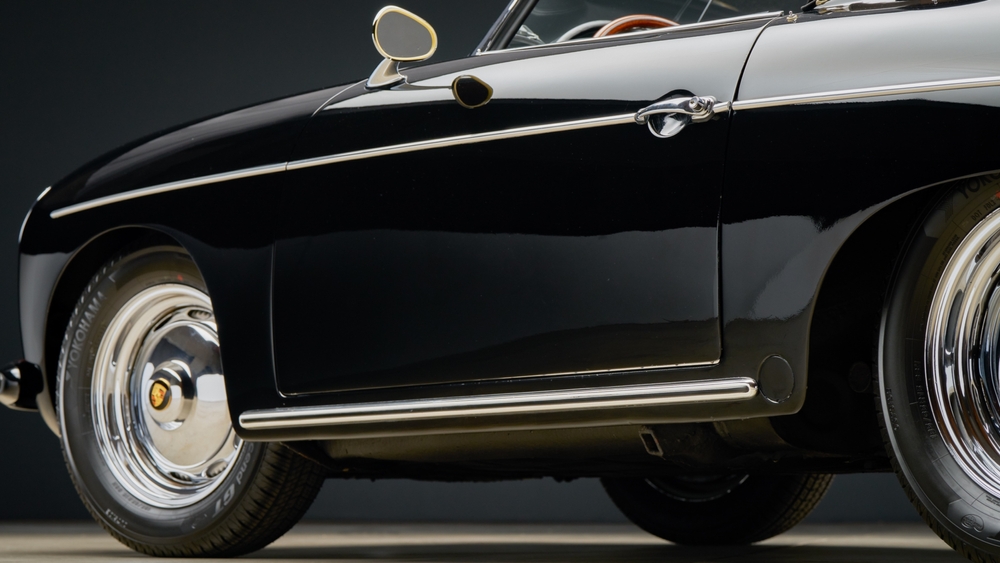
Under-inflated tires create more rolling resistance, which causes your car to use more fuel to maintain speed. Regularly checking tire pressure and keeping your tires properly inflated can reduce fuel consumption. It’s a simple but often overlooked way to improve fuel efficiency, as well-inflated tires reduce the amount of energy required to move the car forward.
Use High-Quality Fuel
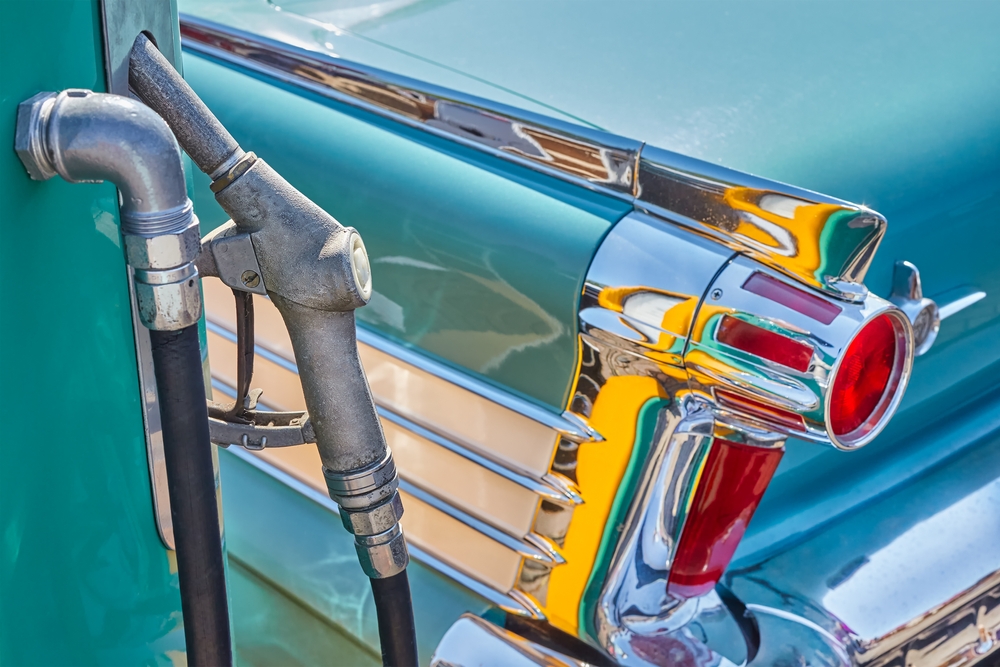
Classic cars, especially those with older engines, can benefit from high-quality fuel with the correct octane rating. Using the right fuel helps prevent knocking or pre-ignition, which can harm engine efficiency. In some cases, premium fuel may offer better performance and fuel economy. Additionally, ethanol-blended fuels can sometimes be less efficient in older engines, so it’s worth experimenting to see which type of fuel gives your car the best mileage.
Aerodynamic Modifications

Although classic cars often prioritize aesthetics over aerodynamics, reducing drag can improve fuel efficiency. Simple modifications such as removing roof racks, closing windows at high speeds, or installing smoother underbody panels can reduce wind resistance. While significant aerodynamic changes might alter the car’s original look, even small adjustments can yield fuel savings over time.
This article originally appeared on MyCarMakesNoise.
More from MyCarMakesNoise
12 Military Ships Decommissioned Sooner Than Expected

Decommissioning military ships earlier than planned can happen for various reasons, from budget cuts to technical issues. In this article, we explore 12 notable military ships that faced early retirement. Read More.
15 of the Most Expensive Automotive Failures in History

Cars can be a symbol of success, but not every model hits the mark. Some vehicles, despite high expectations and hefty price tags, turn out to be costly failures. Read More.
10 Surprising Facts You Didn’t Know About the Black Hawk Helicopter

The Black Hawk helicopter, an iconic symbol of military strength and innovation, has long been a critical asset in various operations around the globe. Known for its versatility and durability, it has been pivotal in everything from combat missions to humanitarian aid. Read More.


